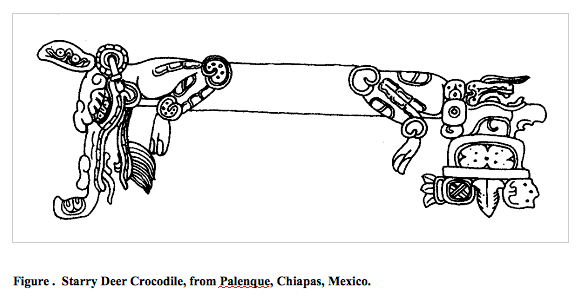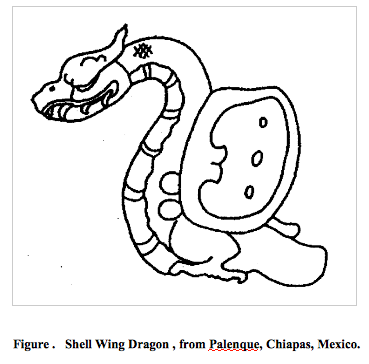Dragons in the Book of Mormon
By
Diane E. Wirth
The word “dragon[s]” is mentioned in the Book of Mormon three times. The first is in 2 Nephi 23:22, but is taken from Isaiah, which record the Nephites obtained from the Brass Plates before they left Jerusalem (1 Nephi 5). In fact, the word “dragon” or “dragons” was used in the Old Testament numerous times. This beast is sometimes referred to as living in the sea or fresh water with grass, reeds, and rushes. This would lead us to think of the crocodile, which could in many ways be construed as a dragon. In the New Testament John the Revelator used the word “dragon” in Chapter 12 of Revelation, solely to refer to evil forces, in other words, Satan. Dragons in both the Old and New Testament refer to powerful and threatening creatures.
Now let us look at the word “dragon” as used in the other two verses in the Book of Mormon: Mosiah 20:11 and Alma 43:44. In Mosiah, the people of Limhi who were Nephites, fought for their lives and their families, “therefore they exerted themselves and like dragons did they fight.” The second scripture in Alma reports the Lamanites “did fight like dragons.” In these scriptures the dragon could refer to a mythical and powerful beast as we portray in our fairy tales; or it could refer to a crocodile or other combinations of a reptilian nature, which Mesoamericans were fully aware of in their surroundings in reality and in their art—or, it could mean both.
Looking with an artistic eye at Mesoamerican art, one sees as abundance of mythological types of dragons. Many are a combination of animals, which symbolically makes them very powerful, swift, cunning, or even cosmic creatures.


Therefore, mention of “fighting like dragons,” was quite apropos for people who were well aware of Old Testament writings which referred to dragons, and for the cultural heritage of their Mesoamerican setting which depicted numerous dragons in their art.


